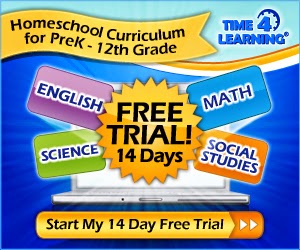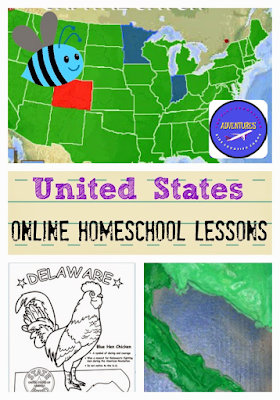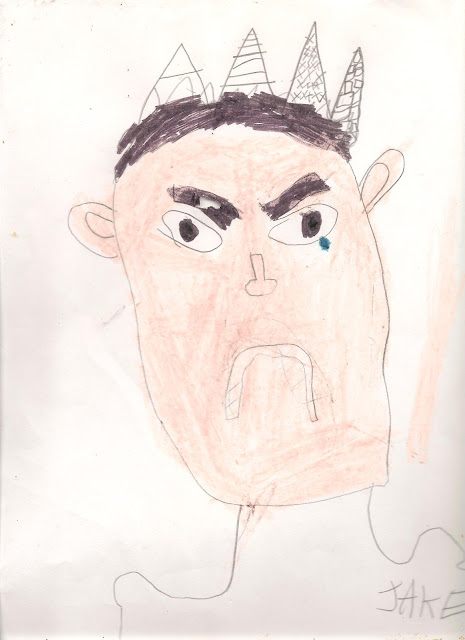Online Elementary Science and Health Resources for Homeschoolers
I scour the Netflix episodes to find a title that coordinates with our daily Science or Health lesson. Below, I've highlighted some Health Resources for Homeschoolers with episodes we used to study the Human Body and Human Growth and Development which can be a touchy teaching subject. Enjoy!
 |
| Online Science and Health Resources for Homeschoolers. |
Don't do the video first, or they will say things like, "I know this already." "I don't need to read it; I just watched it!" "This is boring me!" The video can help them remember key points of information. They may even have to refer back to what they've read to make sure the two media forms agree. My kids are always looking for mistakes in school books!
Beakman touches on many things to do with the body like flatulence (super fun for kids), lungs, allergies, the skeletal system, and much more. When studying about health, especially for fourth-grade, with those all important hygiene lessons (remember those cheesy movies about getting your period and raging hormones?) and the birds and the bees, Beakman's world is a good place to start.
Previously, I had searched for a companion video to teach about the senses. There were plenty of videos out there, but all of them targeted preschoolers. Beakman's World had many great videos on Science and Health. (We started with Season 4 to learn about Human Growth).
 |
| We signed up for Time4Learning and love it! |
Previously, I had searched for a companion video to teach about the senses. There were plenty of videos out there, but all of them targeted preschoolers. Beakman's World had many great videos on Science and Health. (We started with Season 4 to learn about Human Growth).
Is an awesome resource that public school teachers often use as their go to video to fill in some curriculum time. In the past, it was available only on DVD through Netflix, but now it comes in the streaming version too. Inside Ralphie and Goes Cellular are two episodes that focus on the body. We paired Flexes its Muscles (Season 2 Episode 2) with Beakman's World on Human Growth.
Khan Academy is an online school of sorts. It is every bit as good as some of the popular academies for online learning (We previously attended Connections Academy), but it isn't an official school. Kids can learn at their own pace. It is TOTALLY FREE! Lessons are set up for grade levels. Children can watch videos, do practice problems, and take quizzes until they've mastered the subject.
Exploring, can be a bit overwhelming at first, but once you get the hang of it, it is an AMAZING educational resource. Kids earn badges in each subject matter. Lessons are targeted on core learning principles. Some of the video are a snore, but they are consistently getting better. They even offer an online scratch pad, hints, and more to insure your child doesn't get frustrated by taking the tests. A lot of it is for older children, but they have been adding new material for early elementary age students. Our favorite lessons are Computer Coding, but there are some videos on health and the senses too.
Exploring, can be a bit overwhelming at first, but once you get the hang of it, it is an AMAZING educational resource. Kids earn badges in each subject matter. Lessons are targeted on core learning principles. Some of the video are a snore, but they are consistently getting better. They even offer an online scratch pad, hints, and more to insure your child doesn't get frustrated by taking the tests. A lot of it is for older children, but they have been adding new material for early elementary age students. Our favorite lessons are Computer Coding, but there are some videos on health and the senses too.
Speaking of Coding, you might also enjoy Minecraft Summer School Camps. These is an online learning experience, you won't learn about the human body, but you will learn about Wonder of the Natural World!
Recommended Reading:
Inside Your Outside: All About the Human Body (Cat in the Hat's Learning Library) *
*
Homeschool Art: Crafting with Minecraft
Homeschooling Lesson on Geography: Country Study of China
The Everything KIDS' Human Body Book: All You Need to Know About Your Body Systems - From Head to Toe! (The Everything® Kids Series) *
*
Homeschool Art: Crafting with Minecraft
Homeschooling Lesson on Geography: Country Study of China
The Everything KIDS' Human Body Book: All You Need to Know About Your Body Systems - From Head to Toe! (The Everything® Kids Series)
ADS DISCLOSURE: We've partnered with some wonderful advertisers who may sponsor blog posts or send us samples to test. Some companies pay us to review their products.
*We also use affiliate links, if you make a purchase we get a tiny commission. Kids Creative Chaos participates in the Amazon LLC Associates Program*, an affiliate advertising program designed to provide a mean for blogs to earn advertising fees by linking to Amazon properties, including, but not limited to, amazon.com, endless.com, myhabit.com, smallparts.com, or amazonwireless.com. We also offer Tapinfluence, Google Adsense, SoFab, and Izea ads here. Thanks so much for helping us keep the lights on! :)


















